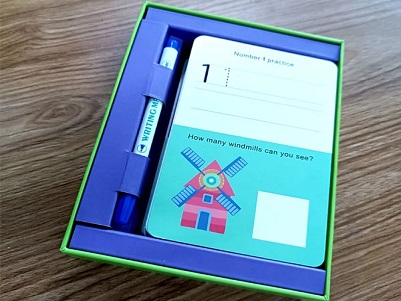In the world of tabletop gaming, where the allure of adventures awaits within cardboard confines, the aesthetics of cardboard game boxes play a pivotal role in setting the stage for the immersive experiences that follow. These humble containers transcend their utilitarian purpose, emerging as canvases that invite players into worlds of imagination, strategy, and visual delight.
The journey begins the moment a player lays eyes on a cardboard game box. It is the first impression, the initial visual handshake that establishes a connection between the game and the player. The aesthetics of cardboard game boxes go beyond mere packaging; they become an integral part of the overall gaming experience, offering a glimpse into the thematic richness and artistic vision that awaits inside.
Crafting Visual Narratives
Cardboard game boxes, adorned with carefully crafted artwork, serve as storytellers in their own right. The illustrations, colors, and design elements tell tales of the worlds within, providing a visual preview of the adventures, challenges, and characters that await players. The aesthetics become a prelude, enticing players to open the box and explore the narratives waiting to unfold on the tabletop.
Artistic expression finds a unique canvas in cardboard game boxes. Game designers collaborate with talented artists to translate the essence of their games into visually stunning box art. The intricate details, vibrant colors, and thematic coherence become a visual symphony that elevates the game from a mere set of components to a work of art. The cardboard game box, such as the clue board game box, becomes a gallery piece, proudly displaying the fusion of creativity and storytelling.
Immersive Design: Beyond the Surface of Cardboard
The aesthetics of cardboard game boxes extend beyond the external artwork. Designers often incorporate thematic elements into the structure of the box itself. From embossed textures that mimic ancient scrolls to innovative openings that mirror secret compartments, the tactile and visual aspects of the box enhance the overall immersion. The cardboard game box becomes a three-dimensional gateway, signaling that the adventure extends beyond its surface.
The aesthetic appeal of cardboard game boxes contributes to their role as collectible artifacts. Gaming enthusiasts, drawn to the beauty and uniqueness of box designs, often treat these containers as treasures worthy of display. The cardboard game box transcends its functional role and becomes a cherished item, proudly showcased on the shelves of collectors, adding a touch of elegance to gaming spaces.
Customization and Personalization: Tailoring Aesthetics to Themes
The flexibility of cardboard as a material allows for unique customization, and designers often leverage this to tailor the aesthetics to the specific themes of the game. Whether it's a distressed, weathered look for a post-apocalyptic setting or a sleek, futuristic design for a sci-fi adventure, the cardboard game box becomes a visual extension of the game's narrative. The aesthetics serve as a bridge, seamlessly connecting the external presentation with the internal gameplay experience.
In conclusion, the aesthetics of cardboard game boxes serve as the visual overture to the symphony of gameplay. They are not merely containers but gateways to worlds of creativity and imagination. From the first glance to the tactile experience of handling a well-designed box, the aesthetics create an emotional resonance that lingers throughout the gaming journey, elevating the cardboard game box to a status beyond packaging—a true work of art.



































